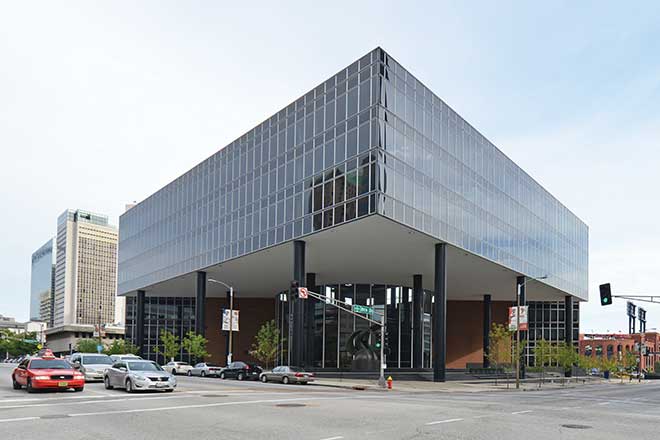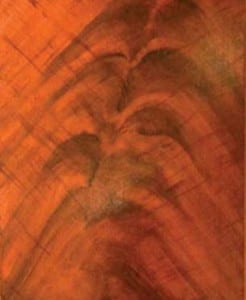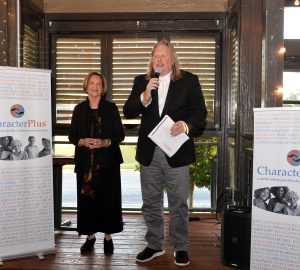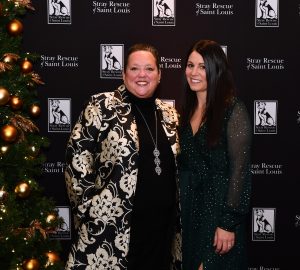Some 40 years ago a building was going up that made a definite statement. The local General American Life Insurance Building at 706 Market St. was unlike anything locals had seen before. The architectural brainchild of Philip C. Johnson and John H. Burgee, it was one of their earliest attempts to combine a sculptural shape to their design. Their New York City architectural firm was selected from 26 other firms to design this new world headquarters. Total price: $9,850,000.
Their concept was to create something that defied convention by intersecting two glass triangular shapes, one of them 45 feet above ground level. A brick and mortar rotunda smartly connected the two shapes. The end result was that they certainly expanded our Midwestern conventional cityscape and our ideas about how a building should look.
Downtown already had some wonderful Modern Movement (primarily made of concrete, steel and glass) buildings that had been added to the skyline in the first part of the 20th century. The original Busch Stadium, the green glass-enclosed Equitable Building, Pet Inc. headquarters (which represented the New Brutalist style), and the Boatman’s Bank Tower all added a new vibe to a city that was already home to a Louis Sullivan skyscraper (groundbreaking in its day). All these complemented the Eero Saarinen Gateway Arch, which has become our city’s national and international symbol.
➨What company resides here now? In 2014, Laclede Gas moved its headquarters to this building after a $40 million-plus renovation by Koman Group. It signed a 20-year lease, so for now, the General American Life building will remain a vital part of our skyline.
The term faux bois is French meaning ‘false wood.’ It is used for any type of media that can replicate the look and or form of wood, such as concrete, metal, paint or paper. When paint is used, it is also referred to as graining.
This art form has had resurgence in the 20th century but it really came to prominence in the 18th century. At that time there was somewhat of a wood shortage in England, so the English and the new colonists oftentimes had to rely on art to create the look they desired. And sometimes people simply couldn’t afford the real McCoy, so they had an artist create the finer wood graining, such as mahogany, on their casements, floors, case goods and staircases.
The best grainers were referred to as ‘art grainers’ since they could replicate such detailed patterns as crotch mahogany, walnut burl, rosewood or quartered oak. Due to the endless possibilities (and a little artistic license), two sides of the same door didn’t have to have the same wood patterns—a miracle of nature, to be sure.
Men such as Rufus Porter, who painted for George Washington, and Englishman Thomas Kershaw, whose work was exhibited in the Paris Exposition of 1855, gained great notoriety for their fine skills. Closer to home, Boston painter William E. Wall exhibited at the St. Louis World’s Fair in 1904. He published two books related to his craft, and they are still considered the standard to which a serious artist should aspire.
To this day, skilled artisans who have honed this craft are in great demand.
design redux
Interior Renderings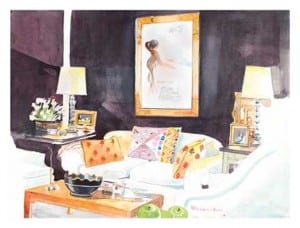
It’s no secret that I am a collector. One of my most prized collections is fine watercolor renderings of room interiors. I am simply amazed by the skill level needed to execute minute details with a watercolor brush.
Thinking back, I probably began my love affair with room renderings as a young designer in the early 1980s, when I would peruse the oversized Brunschwig & Fils wallpaper books. Each was filled with not only the most fabulous document-based papers and fabric swatches, but also full-sized watercolors of rooms using the elegant signature fabrics and papers done to the highest design esthetic. Admittedly I was tempted to, but never did, cut out these pages and frame them for inspiration. Often the rooms were inspired or copied from famous rooms that had been created by some of the top interior designers in the country.
It was only recently that I learned the name of the artist who created these wonderful works of art: Mita Corsini Bland. You may be acquainted with her husband, the exclusive New York antiques dealer Gerald Bland. These magnificent room renderings were executed in such detail that they made me want to plop on the sofa and feel the warmth of the fire. Besides her work being featured in many of the top shelter magazines (and commissioned for some of the top names in New York), she also did the watercolor illustrations for the 2009 tome about Sister Parish—a must read.
Imagine my excitement to find out that Bland’s work is now for sale and part of a traveling art show. The collection by her and others is now being shown at Sallie Home right here in Ladue! These works are giclee and offered in a limited number.





